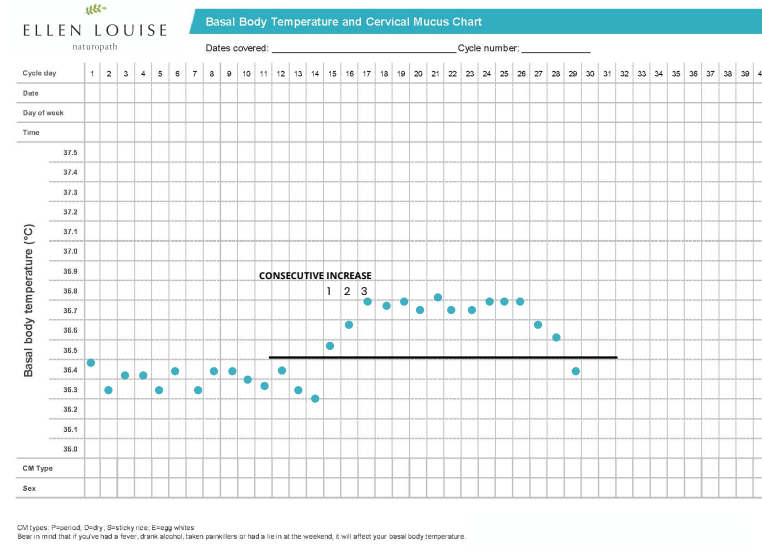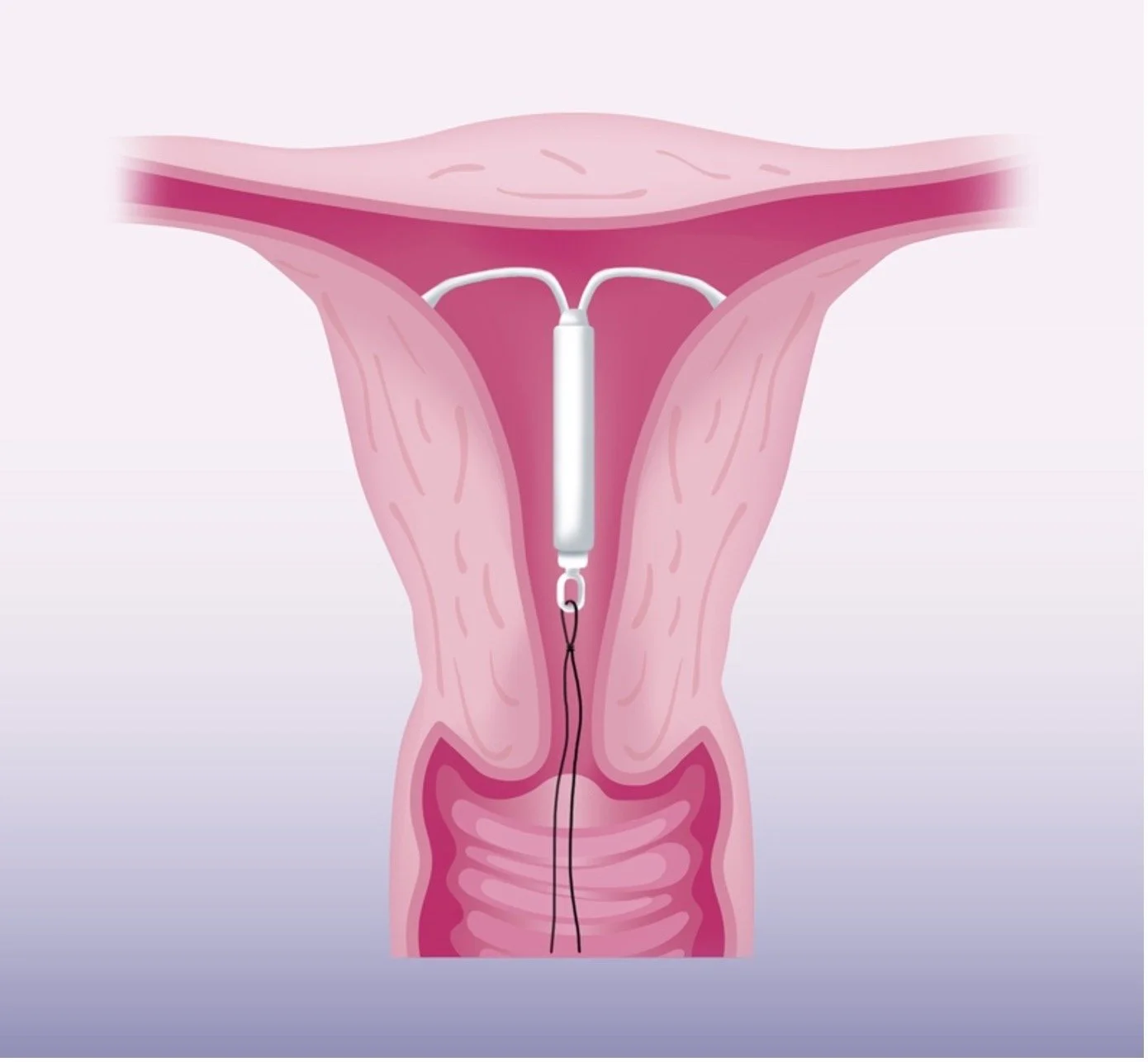You are probably here because you are either thinking about pregnancy or you are currently pregnant and looking to support your bub in the best possible way!
In an ideal world. prenatal’s are essential to start taking 3 months before you plan to conceive.
This is for both people in the relationship! It is literally 50/50.
Eggs take approx 3 months to mature and sperm turn over rate is approx 60-80 days.
Therefore, taking prenatal’s for both people in the partnership for 3 months prior to conception is essential for the best possible quality egg and sperm.
Now - which prenatal?
First thing first, I do not recommend Elevit.
Why I do not recommend Elevit
Elevit is a supermarket brand supplement with not great quality nutrients, not great processing techniques and not very high amounts of essential nutrients in the actual supplement.
If you are growing a baby we want the best possible quality nutrients with the correct doses.
As Elevit is an over the counter supplement available at supermarkets this means the nutrients are low levels and can be sold over the counter because of this reason.
Therapeutic Goods Administration (TGA) says: “For low-risk medicines, the TGA does not evaluate the commercial sponsor's evidence of product efficacy before the product goes on the market, nor do we examine the final product and its label.”
This means because the levels of the nutrients in the supplement are so low, the TGA does not need to investigate whether it works or not. This also means the levels of the nutrients in these supplements are unlikely to be effective in correcting nutritional deficiencies or for providing nutrient support in times of increased need - eg. Pregnancy.
During pregnancy our need for certain nutrients increases
Iron
It is very common to see iron deficiency in pregnany and usually patients get prescribed Ferrograd C, Maltofer or the iron in Elevit (which certainly is not enough). Another thing to note is that Elevit contains iron in the form of Ferrous Fumarate. A study in 2013 compared tolerability of different oral iron supplements and found ferrous fumarate to be the least tolerable and most likely to cause gastrointestinal effects such as constipation. It is highly important to have your iron levels checked before conception and early on in pregnancy. Iron may aggravate morning sickness in some women therefore iron supplementation may not be recommended at all stages of pregnancy.
Iodine
Iodine is an essential nutrient for thyroid hormone synthesis. The requirement for iodine increases dramatically during early pregnancy - specifically first trimester. This is due to increased maternal thyroid hormone production, increased renal iodine losses and transfer of iodine to the foetus. The thyroid is a sensitive gland and can easily get imbalanced during pregnancy leading to hypothyroidism and Hashimoto’s.
Zinc
Zinc plays a huge role in development of baby immune system. Elevit contain zinc in the form of zinc sulphate which is not a highly absorbable form of zinc and may cause gastrointestinal irritation.
Choline
Highly important nutrient for healthy brain and neural tube development, Elevit does not contain choline.
Vit D
Recommended daily dose of Vit D in pregnancy ranges from 1000-2000IU - I would also recommend getting your Vit D levels checked and making sure your levels are over 80! Vit D is highly important for foetal bone development, prevention of miscarriage, prevention of post natal depression, and maternal blood pressure regulation. Elevit contains 200IU – which is not enough for recommended daily intake.
Folate vs Folic acid
These words are not the same! Both have effects in prevention of neural tube defects. Although not everyone can absorb folic acid well.
Folic acid does not occur naturally and is actually a synthetic form of folate that does not get absorbed or converted into the active form very easily in the body.
Folinic acid and 5-MTHF are naturally occurring activated, easily absorbed forms of folate which work much better in the body. Especially important if you have genetic SNP’s such as MTHFR and COMT.
Elevit contains the synthetic form, folic acid. We prefer methylated forms such as folinic acid and 5-MTHFR forms.
Different stages of pregnancy require different levels of nutrients
Prenatals I recommend
Send me a message on those links above for high quality practitioner only supplements.
Or book in with me here to discuss how I can help support you through your pregnancy journey.
Always consult your health care professional before supplementing.















































